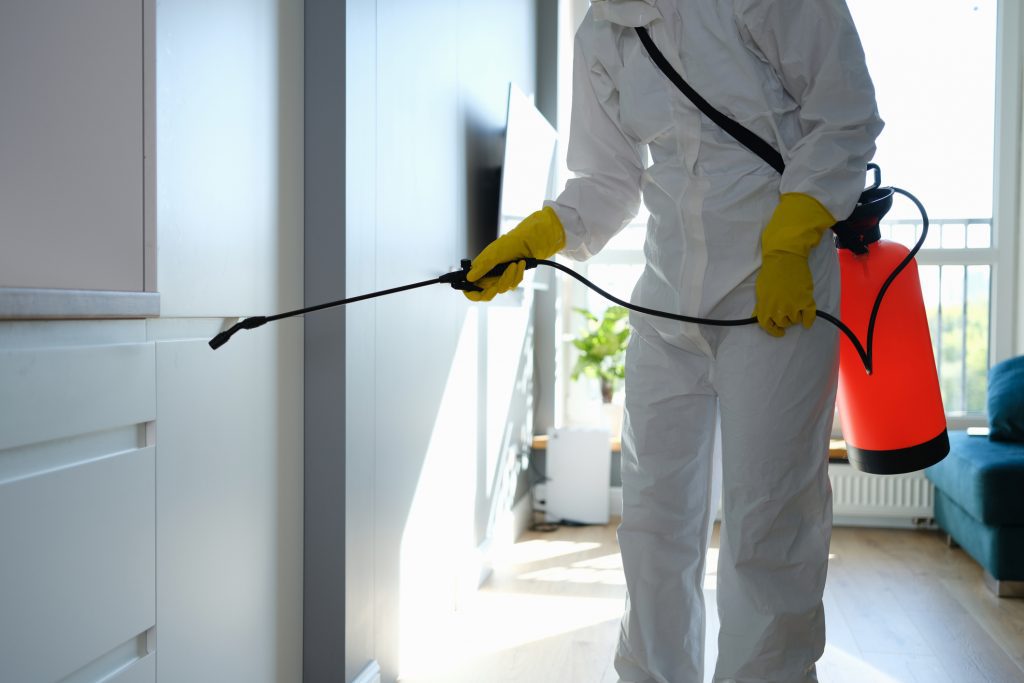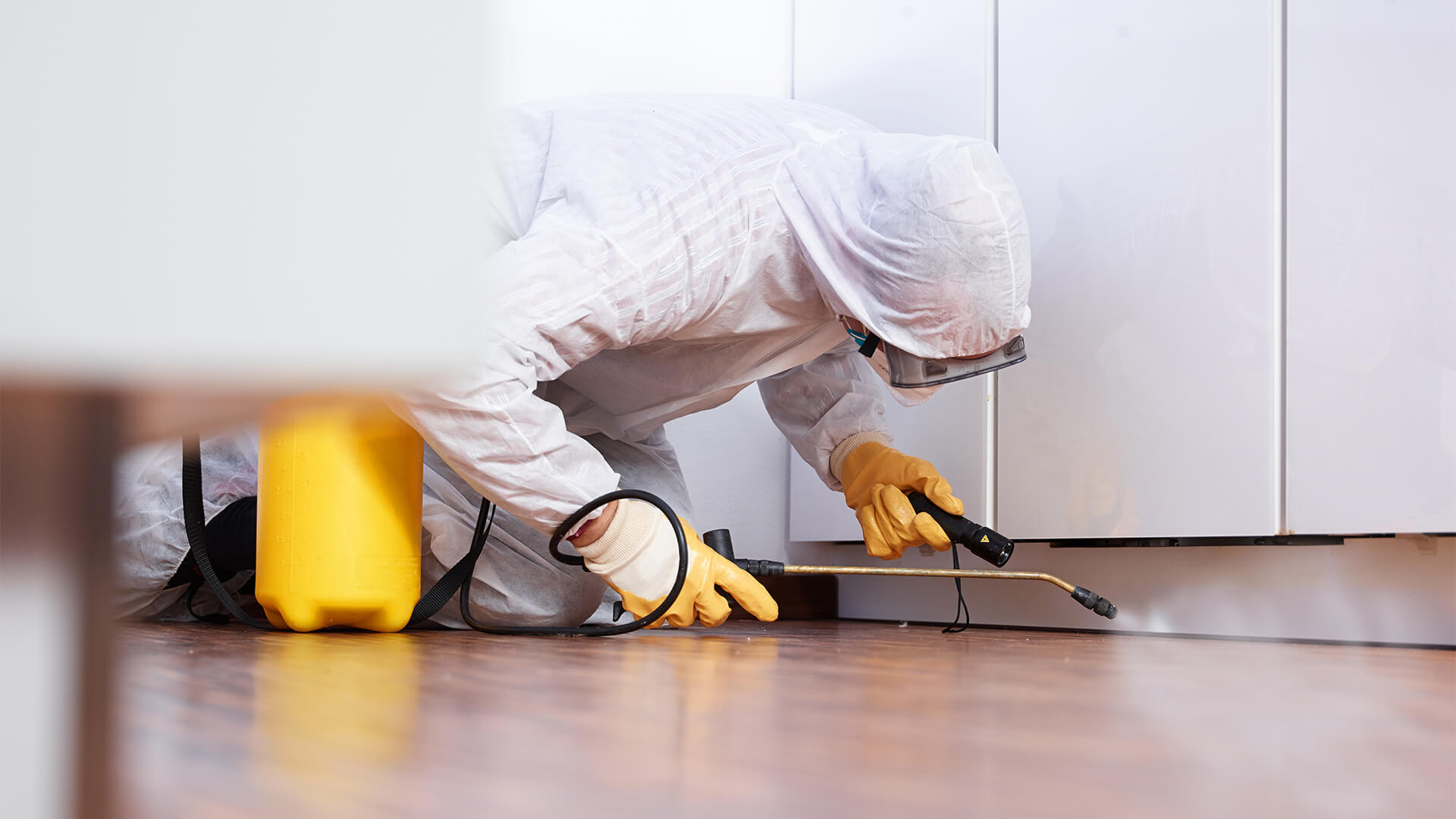Eco-Friendly Bug Control Approaches for Managing Wildlife in Urban Areas
Urban locations typically discover themselves at the crossway of human activity and wildlife, bring about one-of-a-kind challenges in parasite administration. Eco-friendly strategies emphasize lasting conjunction, utilizing methods such as habitat alteration and all-natural repellents to reduce human-wildlife disputes. These methods not just shield the setting however additionally improve neighborhood involvement in wildlife management. As metropolitan populaces continue to expand, understanding the characteristics of wild animals interactions ends up being progressively important. What innovative techniques can be applied to make sure both eco-friendly balance and city safety? Exploring this concern reveals an engaging landscape of potential remedies.
Comprehending Urban Wild Animals Dynamics
Recognizing Urban Wild animals Characteristics is essential for creating efficient and environment-friendly insect control approaches. Urban locations are progressively becoming habitats for various wildlife types, driven by variables such as environment fragmentation, food availability, and human infringement. Recognizing these dynamics enables a nuanced technique to pest management that aligns with ecological concepts.
Urban wildlife usually includes types such as raccoons, squirrels, and birds, which adjust to city environments, locating particular niches in environment-friendly spaces, parks, and even property areas. Their visibility can lead to conflicts with people, specifically when they manipulate personnels for food and sanctuary. Recognizing the habits and ecological functions of these species notifies approaches that decrease adverse interactions while advertising biodiversity.
Moreover, recognizing the interdependencies within metropolitan environments helps in identifying vital locations for environment preservation and remediation. This knowledge adds to the advancement of incorporated pest administration (IPM) strategies that consider the eco-friendly balance, thus decreasing reliance on damaging chemicals. By cultivating conjunction in between human beings and metropolitan wild animals, cities can develop much healthier environments that benefit both residents and regional ecological communities, leading the method for lasting city living.
Natural Repellents and Deterrents
All-natural repellents and deterrents provide a sustainable alternative to conventional parasite control techniques by utilizing the power of nature to keep undesirable varieties at bay. These environmentally friendly solutions commonly utilize plant-based components, crucial oils, and other normally taking place substances that deter parasites without hurting the atmosphere.
One effective natural repellent is peppermint oil, which is known to drive away rodents and bugs. Its strong fragrance is unpleasant to several bugs, making it a preferred choice for metropolitan settings. Likewise, vinegar and citrus peels can act as deterrents, as their strong smells are typically uninviting to various wild animals.
In addition, diatomaceous planet is a natural powder that can be spread in locations susceptible to pest activity, properly drying out and discouraging bugs without positioning dangers to non-target types. Additionally, garlic sprays and neem navigate here oil are acknowledged for their ability to push back a broad range of bugs, including both pests and bigger wildlife.
Applying these all-natural repellents not just minimizes reliance on chemical pesticides however likewise promotes a much healthier urban ecosystem, promoting a more well balanced conjunction between human beings and wildlife. By using these techniques, city locations can effectively handle parasite populations while lessening ecological influence.
Environment Modification Strategies
Reliable habitat alteration strategies play a critical function in lasting insect management by modifying the atmosphere to make it less for pest problems. By comprehending the environmental characteristics of urban areas, building proprietors can apply critical adjustments that prevent parasites while advertising biodiversity.
(Spider exterminator Port Charlotte)One key method includes preserving proper cleanliness. This includes normal waste elimination, protecting trash containers, and eliminating standing water to minimize reproducing websites for insects and rodents. Additionally, landscape design practices such as picking indigenous plants can improve environmental equilibrium, supplying environments for helpful organisms while lessening resources for insects.
Another essential strategy is to seal entry factors in structures. Checking and fixing cracks in foundations, walls, and home windows can dramatically decrease pest gain access to. Developing physical barriers, such as fences or plant buffers, can prevent wild animals motion into human-inhabited areas.
Integrated Parasite Administration Practices
Building upon environment adjustment strategies, integrated pest management (IPM) techniques use an alternative technique to regulating insect populations while decreasing ecological effect. IPM incorporates various approaches, including biological, social, mechanical, and chemical controls, to achieve efficient insect monitoring.
Biological control involves the intro of all-natural predators or parasites to reduce parasite populations. Cultural techniques, such as crop rotation and sanitation, disrupt pest life cycles and decrease their environments - Pest control service. Mechanical controls, like catches and obstacles, offer prompt alleviation from insect pressures without chemical treatment
Chemical controls are utilized as a last resort, focusing on targeted applications that limit injury to non-target species and the setting. The selection of eco-friendly chemicals, when necessary, is essential to the IPM framework. Additionally, monitoring pest populations and analyzing possible damage assists notify decision-making, guaranteeing that treatments are prompt and reliable.
Neighborhood Participation and Education

(Flea control Port Charlotte)Workshops and informative sessions can equip locals with understanding regarding indigenous varieties, habitat conservation, and effective non-toxic pest management techniques. Cooperation with colleges, neighborhood companies, and federal government firms further improves instructional outreach, guaranteeing that crucial details gets to varied target markets.
Additionally, community-led campaigns, such as neighborhood clean-up days and habitat repair tasks, not only advertise biodiversity but additionally reinforce area ties. Pest Control. By motivating locals to share their experiences and observations, areas can create targeted approaches that address specific neighborhood bug problems
Including comments from homeowners right into bug management plans allows a more responsive and flexible approach to wildlife challenges. Eventually, informed and engaged areas are key to accomplishing long-lasting success in green pest control, causing healthier city atmospheres that respect both human and environmental needs.

Verdict
To conclude, environment-friendly bug control approaches deal sustainable options for handling city wildlife. By focusing on environment adjustment, using natural repellents, and applying incorporated insect monitoring techniques, neighborhoods can foster an unified coexistence with local fauna. Moreover, involving locals through education boosts recognition and motivates liable wildlife communications. Inevitably, these methods not just safeguard biodiversity but additionally advertise environmental wellness, ensuring city areas remain vibrant ecosystems where humans and wild animals grow with each other.